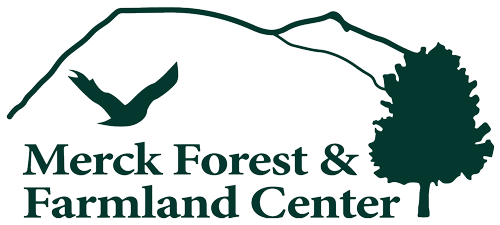
With a great harvest from our storage garden this past season, we’ve been working on some carpentry projects to help us preserve these crops for the coming months and for the new apprentices coming in January.
First, we added a root cellar to the lower part of the Harwood Barn. There was no need to dig a hole or build a new structure: we took advantage of the barn’s below-grade back corner to create a small, well-insulated room. This room uses the temperature-moderating effects of the soil and a passive ventilation system to keep our produce refrigerated. We also installed some strategically-placed wire mesh, which will hopefully keep out any rodents who want to share our winter provisions!
In addition to temperature and critter-control, the ideal root cellar is dark–some storage crops, like potatoes, will sprout if exposed to light–and has good airflow and moisture control. Our passive ventilation system uses the simple principle that warm air rises and cold air falls to keep air moving inside the cellar. However, we realized without the proper containers to store vegetables, a ventilation system might be for naught.
Enter our beautiful new produce crates.

After a couple of days of work, we have more than 40 handsome and sturdy stackable wooden crates which will ensure that adequate ventilation gets to every beet, cabbage, and onion!
These construction projects were also invaluable practical experience for us apprentices. In building the root cellar, we learned how to frame walls, hang a door, and wire a room for electricity. The boxes obviously involved a lot of task repetition, which taught us tricks like using jigs to efficiently build uniform products.
Not only were they fun to make and highly functional, but all of the wood used in the construction of the crates was grown here at Merck and then locally processed! With Fern and Arch, our wonderful draft horses, we dragged the ash trees that we apprentices had helped to fell during Game of Logging training out of the forest. They were then milled by Chris Stone, the Rutland County Forester, and the Stafford Tech students, and returned to us as boards ready for construction (and because we took home the imperfect boards too, some of our boxes have lovely bark edges–with moss and everything!).
(The Winter newsletter will contain a guide to how we made the root cellar boxes.)
